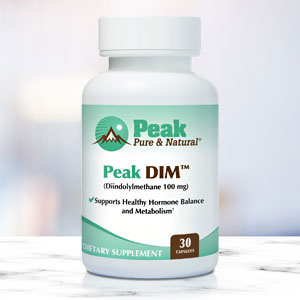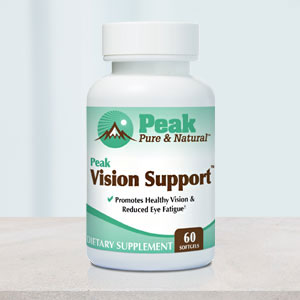Get Easy Health Digest™ in your inbox and don’t miss a thing when you subscribe today. Plus, get the free bonus report, Mother Nature’s Tips, Tricks and Remedies for Cholesterol, Blood Pressure & Blood Sugar as my way of saying welcome to the community!
2 servings a day drops pounds, inches, BMI and disease risk

To lose weight, we’re usually told to eat less.
What if you were told that eating more of two specific foods would not only help you drop pounds, lose inches around your waist and significantly lower your body mass index — but would also make up for “shortfall nutrients” tied to some of the worst and most frequently diagnosed health problems we face today?
It sounds too good to be true, but these are the facts: A growing body of evidence demonstrates a multitude of benefits any of us can achieve when these two foods become part of a regular diet…
Healthy food, healthy and slimmer body
Using data from the National Health and Examination Survey from years 2001 through 2018, researchers found that in addition to weight and BMI improvements, adults who consume beans and/or chickpeas daily have a higher diet quality score compared to those who don’t.
And that high score means they aren’t missing out on nutrients “of public health concern” that many of us under-consume. When you see what health problems happen in the absence of these nutrients, you’ll understand why it’s such a big deal…
The data showed that bean and/or chickpea eaters have higher intakes of fiber, calcium and potassium. Not getting enough of these nutrients has led to rampant health problems among Americans, specifically:
- Low potassium is linked to high blood pressure, stroke, type 2 diabetes and poor bone health.
- Low calcium intake is linked to cancer, cardiovascular disease and metabolic syndrome, and impacts bone health and weight management.
- Low intake of fiber is linked to poor gut health, higher cholesterol levels, poor blood sugar control, unhealthy weight and shorter lifespan.
Other important nutrients that bean and chickpea eaters get plenty of include choline, alpha-linoleic acid, folate, iron, magnesium and vitamin E.
And it only takes 1.7 to 2 servings a day to reap the benefits of better nutrition and healthy body composition.
“Most people are aware that beans and chickpeas are good for your heart, but our new research shows they are really good for so much more — like improving nutrient intake and healthier dietary patterns,” says study author Yanni Papanikolaou, of Nutrutional Strategies, Inc.
The palatable and protective power of pulses
This study was funded by the Coalition for the Advancement of Pulses and Cannedbeans.org.
But you may be interested to know that the valuable health contributions of beans and chickpeas have also been documented by the most recent collaboration between the National Cancer Institute and the United States Department of Agriculture to update the Healthy Eating Index diet.
Their findings are also consistent with existing peer-reviewed studies showing pulses (beans, chickpeas, peas and lentils) as part of a healthy diet are gut-protective, improve low-grade inflammation and may positively impact immune disease-related management.
There are plenty of tasty ways to add beans and chickpeas to your diet. My favorite way to eat beans is in a simple veggie burrito or a zesty three-bean salad.
Chickpeas are the main component in hummus, are great in curry dishes, soups and stews and make a great (and economical) crunchy snack when seasoned and tossed in the air fryer.
So if you were thinking of beans as a boring side, open a can and your eyes to some tasty and easy ways to enjoy these nutritional powerhouses every day.
Editor’s note: Did you know that when you take your body from acid to alkaline you can boost your energy, lose weight, soothe digestion, avoid illness and achieve wellness? Click here to discover The Alkaline Secret to Ultimate Vitality and revive your life today!
Sources:
New study shows eating beans and chickpeas is linked to better diet quality and healthier body weights — Eureka Alert














